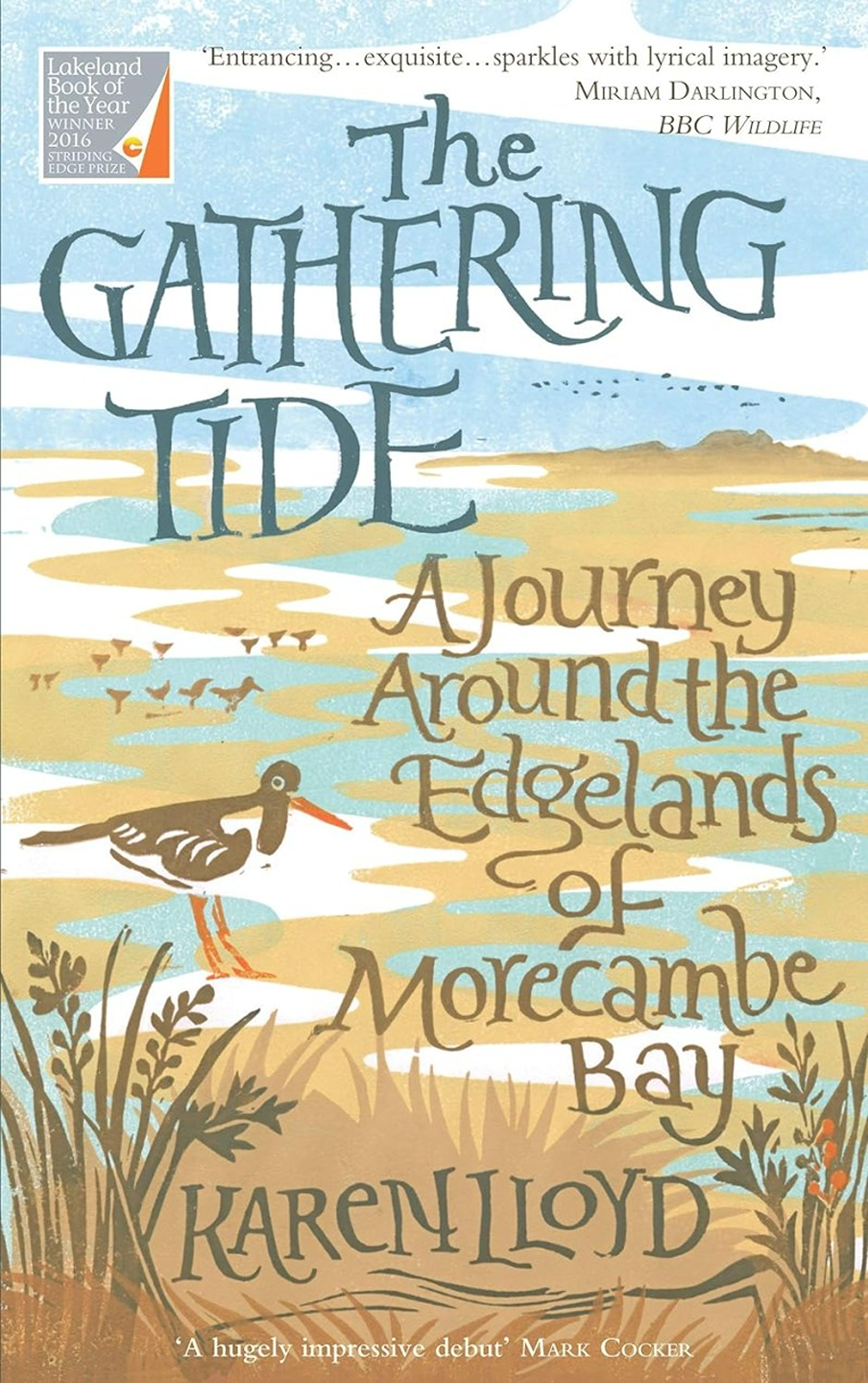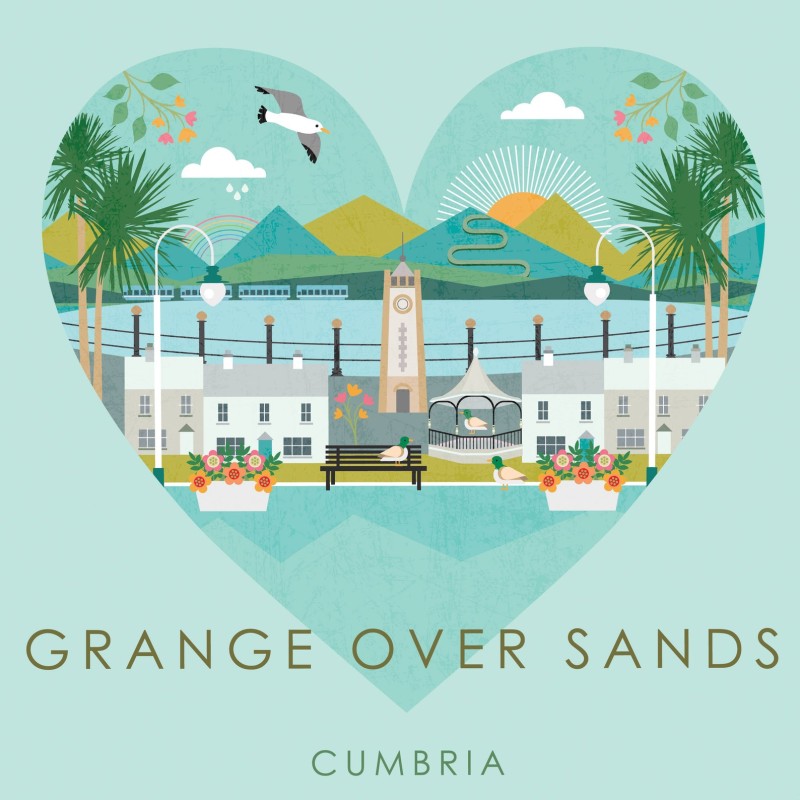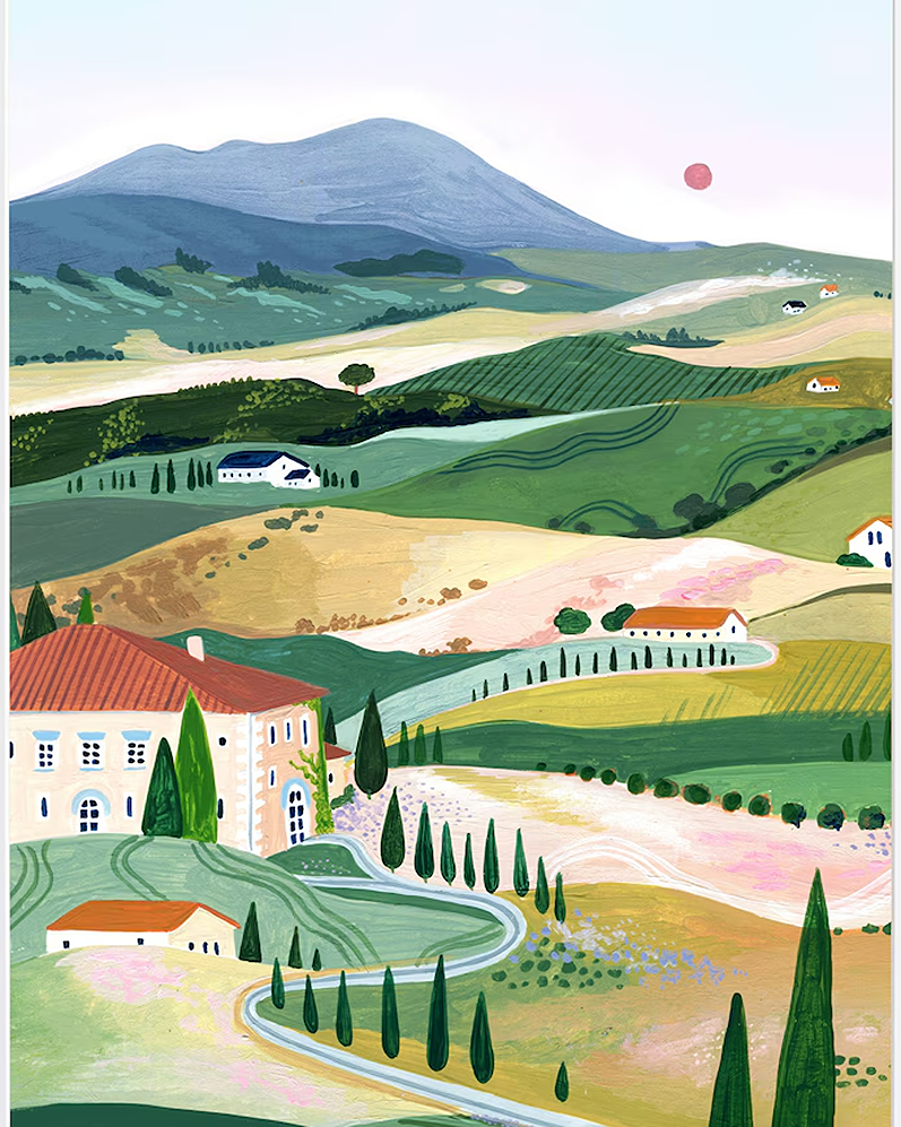Morecambe Bay (home to 250,000 wading birds)

Morecambe Bay is a broad expanse of water in Lancashire (spilling into the Lake District), known for its shifting sands and wildlife. Flowing from the River Lune, it’s a wetland paradise for thousands of wading birds.
Morecambe Bay is renowned for quicksand, so avoid walking on areas with warning signs. This is where the Chinese cockle pickers died, due to treacherous tides. Read more on keeping safe near sinking mud and keeping dogs safe by the seaside.
Keep at least 50 metres away from wading birds, as flying away wastes energy that could be used for feeding (they need more space at high tide). Keep dogs away, as disturbing nests could cause birds to abandon chicks. Read more on keeping dogs safe at the seaside.
Morecambe is the second largest bay in England (after The Wash in East Anglia). It covers around 300 square km (that’s 115 square miles in old money). It’s also the largest expanse of intertidal mudflats and sands in the UK, and a nationally important estuary for wildlife.
As well as being home to many waders, wildfowl and gulls, the area is also home to the rare high brown fritillary butterfly.
Grange-Over-Sands (a pretty Morecambe Bay town)

One beautiful little gem in these parts is the quiet seaside town of Grange-Over-Sands. You can walk a promenade overlooking the lake, or enjoy quiet gardens and parks nearby.
The ‘over-sands’ part is not just for show. Back in the 1800s, the local vicar got fed up of his letters ending up in Grange (Borrowdale) near Keswick. So he changed the name, to receive his post!






